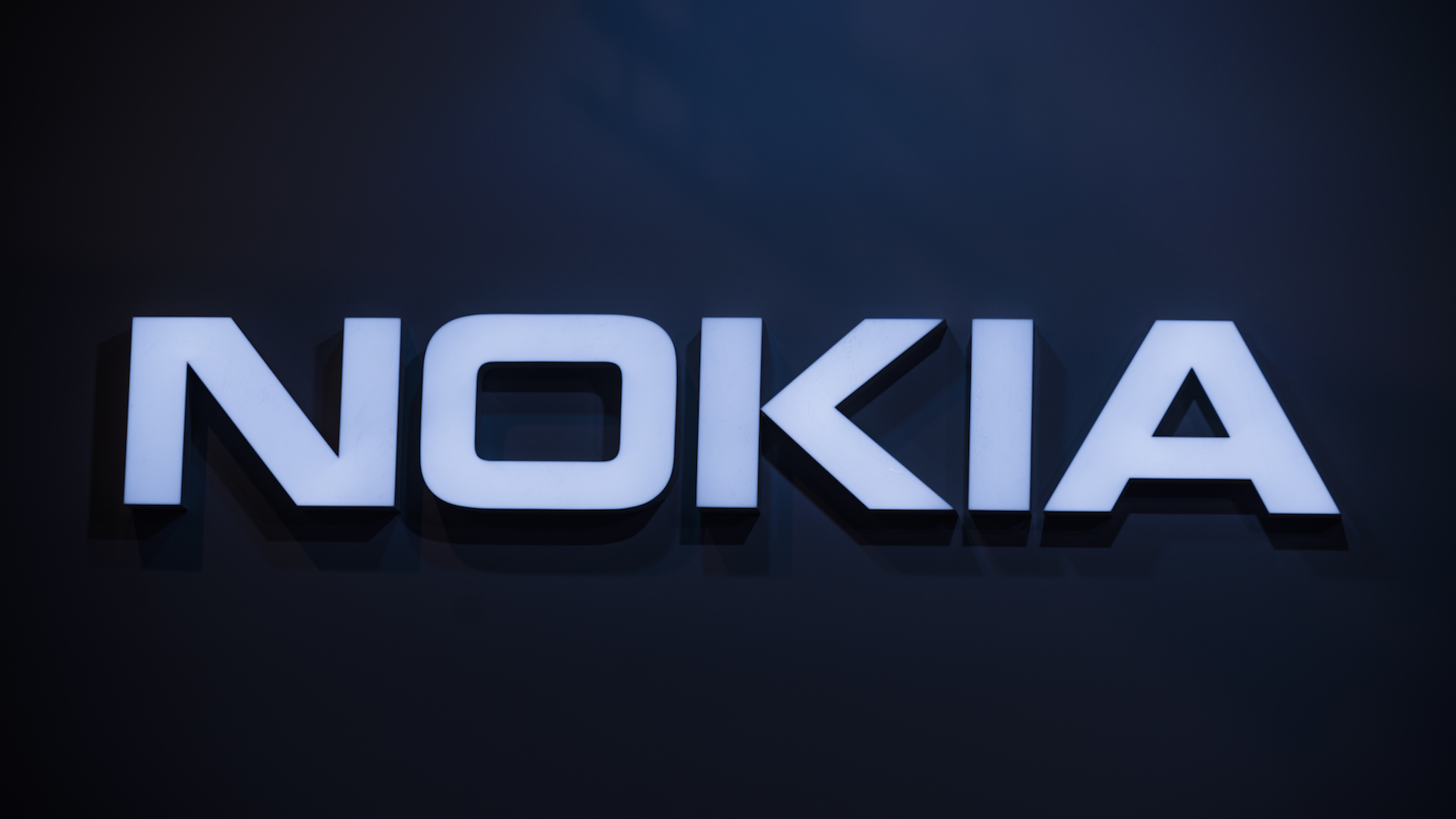

When we reported on Nokia working alongside Microsoft on an ‘Internet of Flying Things’, an air-traffic management system for unmanned aerial vehicles, it was clear the communications company was curious about its potential in the drone industry. Less than half a year later, Nokia is actively working alongside a university in Sidney on brainstorming use-cases for drones in the agriculture and public safety sectors, as well as establishing a reliable drone network for Australian airspace.
According to ZDNet, the idea here is to form a mutually beneficial relationship, with the university researchers at work, and Nokia providing the resources and technology. “We discussed with the university we need to put the framework in place, we would like to work with different entities here,” said Head of Internet of Things (IoT) Market Solutions, Mohamed Abdelrehim. Unfortunately, the university in question is yet unidentified, Nokia reportedly has formerly worked with the University of Technology Sydney.
Ever since it entered the drone industry, Nokia has been hard at work on establishing management systems and frameworks in various parts of the world. “The idea is to…(demonstrate) what we’ve been doing in Finland, and experience sharing from the other markets like in Africa, Europe, North America, and try to bring it here to Australia to see how we can accelerate the ecosystem of the innovation via Internet of Things and the drones,” said Abdelrehim.
According to ZDNet, the company was given a big boost when the Dubai government granted Nokia a $1-million grant for impressively showcasing potential drone use in natural disaster scenarios. “That was a key milestone in drones for Nokia,” said Abdelrehim. The showcased system essentially provides for a sophisticated, portable 4G network running the management system that allows for local drones to operate nearby and be deployed wherever necessary. “So what happens is based on our solutions, we are able to put all the software of the network in a backpack,” he explained. “And this backpack has the full LTE network and you’re having the drones flying beside the rescue operator, like an escort to them. And then they are able to go to areas which people are not able to step in.”
Reportedly inspired by a New Year’s Eve fire in a Dubai hotel in 2015, Abdelrehim’s team decided to shift from Wi-Fi-based drones to autonomous LTE-enabled UAVs, which Nokia’s network is capable of managing in mass amounts. Nokia is already using these portable networks in natural disaster scenarios, as they can be placed on a car or inside a backpack. The 4G network provides drone coverage throughout a 5-kilometer radius. Right now, Nokia can manage 10 drones simultaneously through this framework. “I believe Australia has the biggest focus; if you are able to adopt that quickly, you will be on elf the biggest countries who’s really driving drones with Internet of Things,” said Abdelrehim. “You have huge potential compared to other countries.”